Episode 2: Assassination
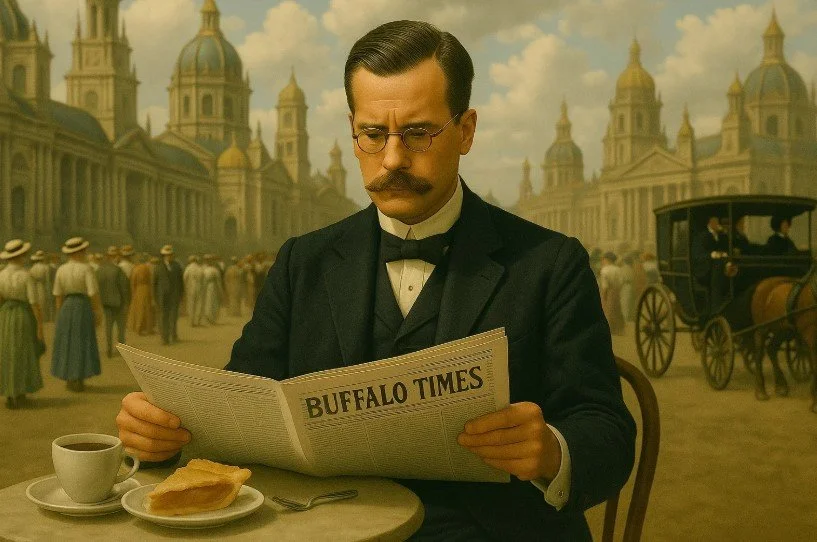
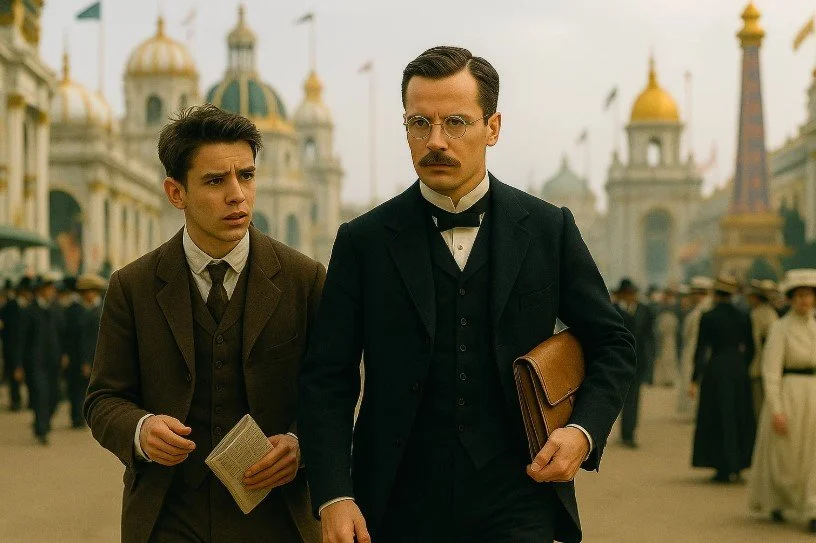

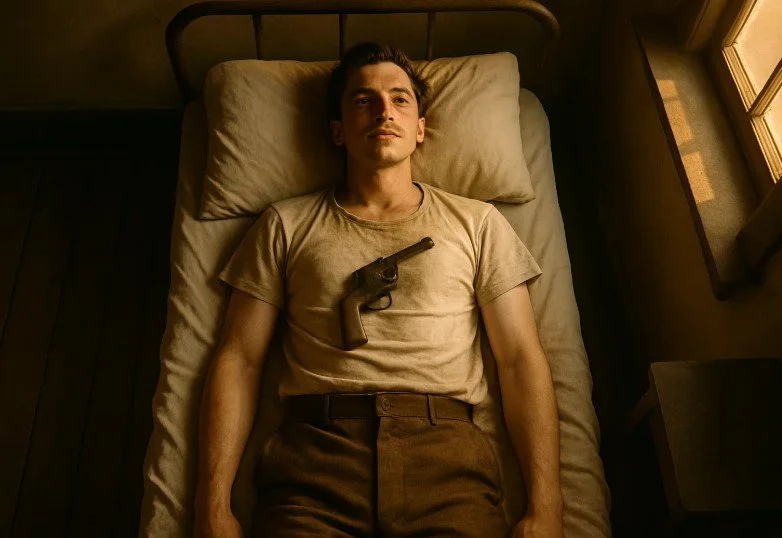

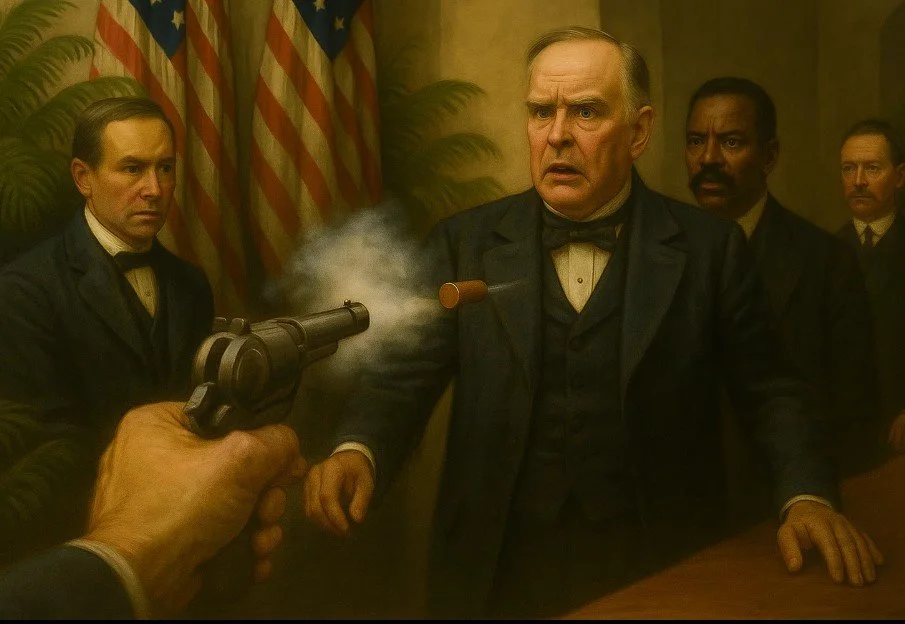
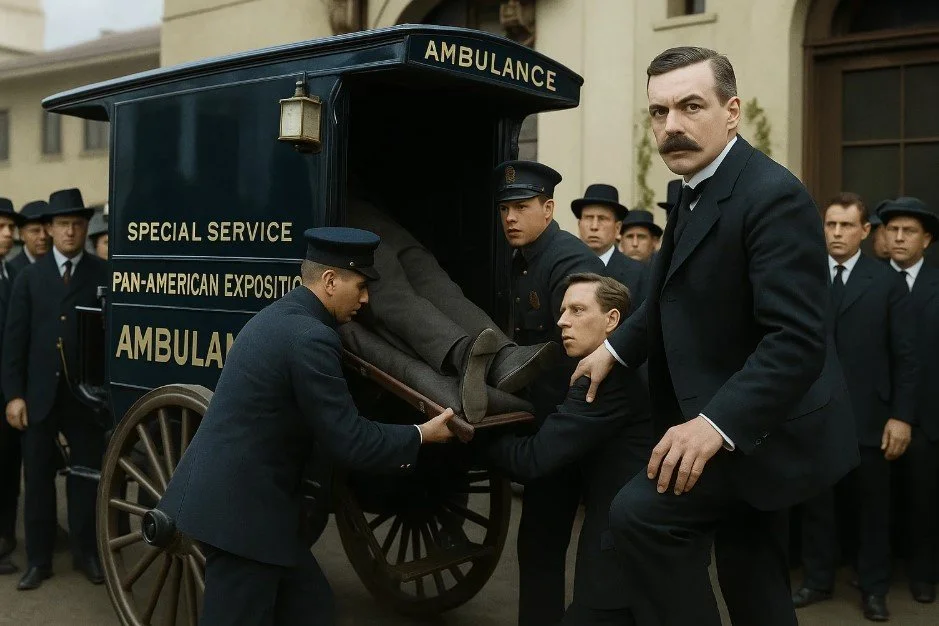
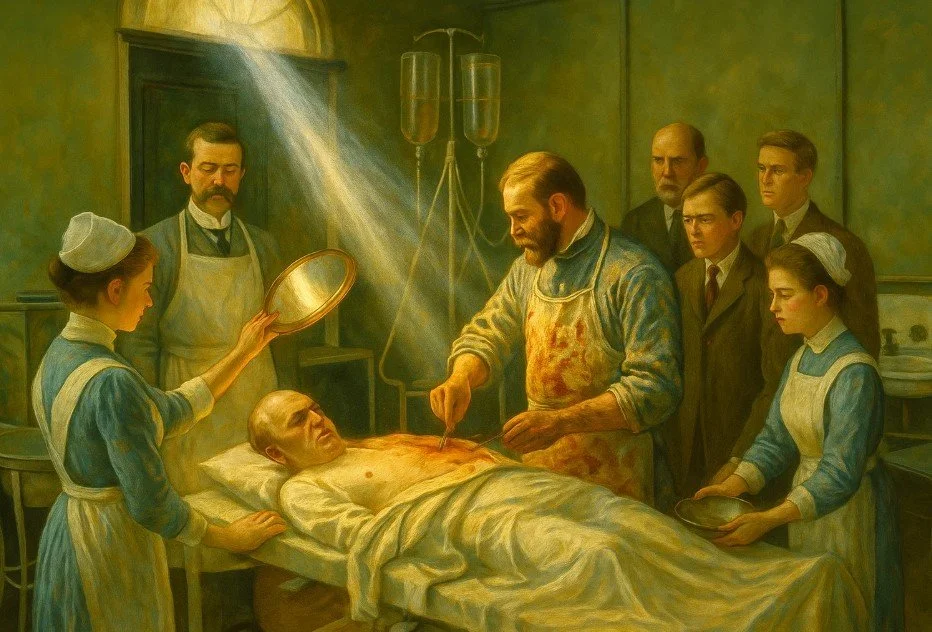
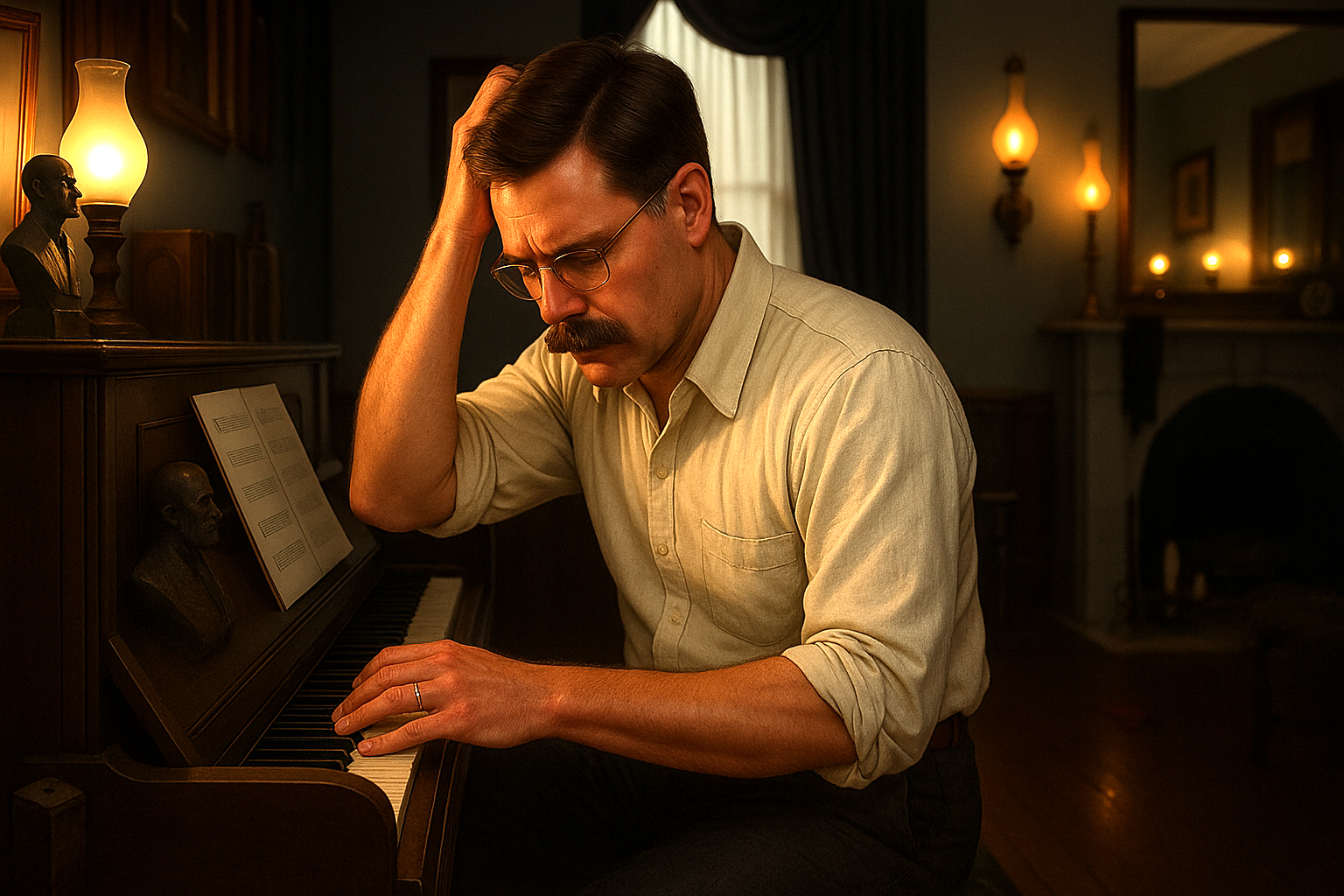
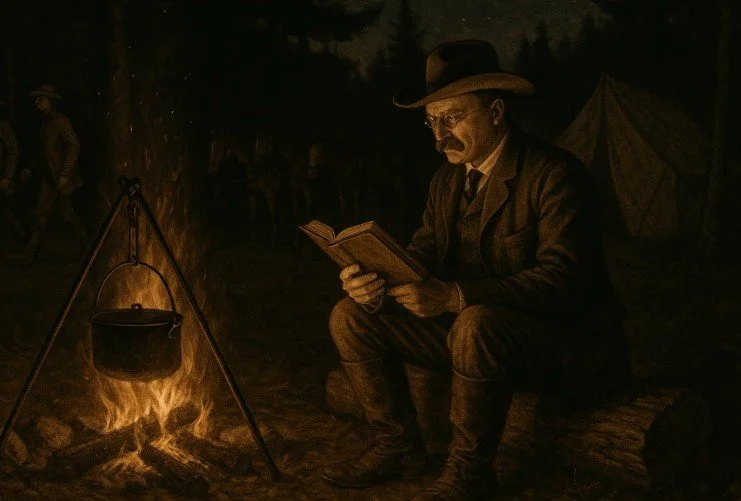
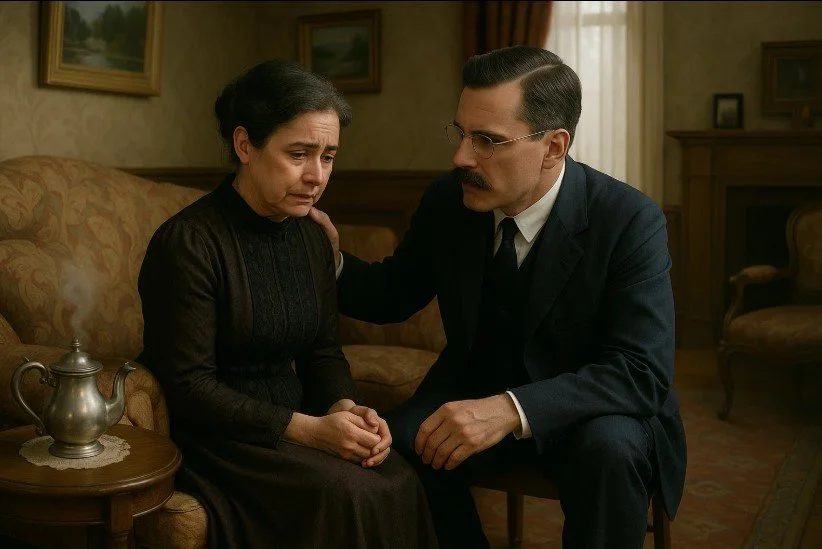
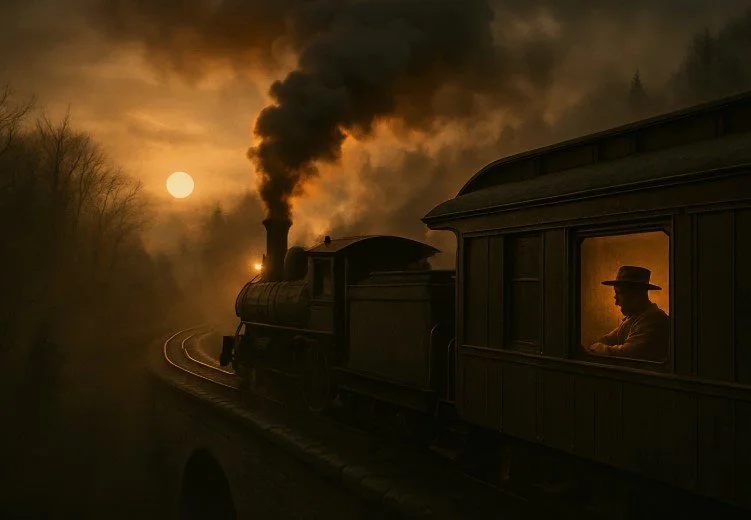
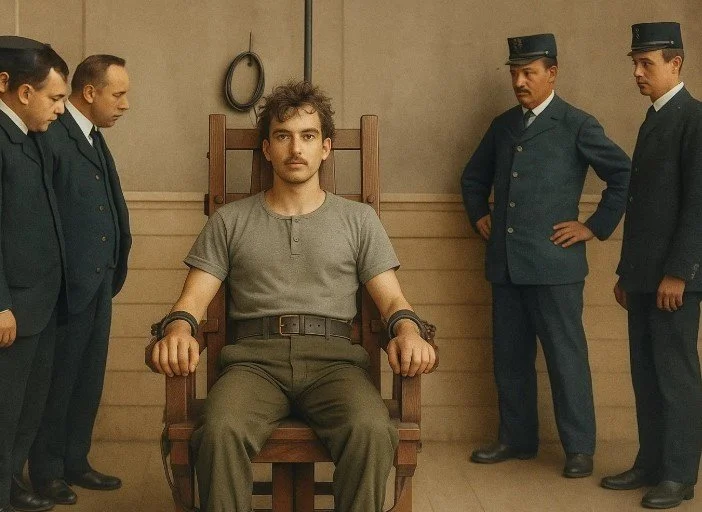
The 1901 Pan-American Exposition in Buffalo, New York, bursts with light and promise – new inventions and exhibitions of American ingenuity signal a dawning century of prosperity. Cortelyou sits at a quiet café, reading the morning paper and savoring a slice of cherry pie. In an hour, he will join President McKinley’s carriage on the way to the Temple of Music, where the president is scheduled to greet the public. It’s a sweltering September afternoon, and the crowd is eager.
Cortelyou had canceled the event twice, citing security concerns (King Umberto I of Italy was killed the year before by an anarchist). But McKinley, ever the optimist, overruled him. Now, as the president shakes hands in the receiving line, a man with a bandaged hand steps forward. Hidden beneath the handkerchief is a pistol. Two shots are fired.
James Parker, a towering Black man in the crowd, lunges forward and tackles the assassin before he can fire again - an act of heroism made more poignant by the fact that, moments earlier, he had drawn suspicion from the security detail simply because of his race. At the President’s side, Cortelyou catches McKinley as he collapses. Pale and weakening, the President grips his arm and whispers, “My wife, Cortelyou… be careful how you tell her.”
Cortelyou takes command. McKinley is rushed to the Exposition hospital, but the facility lacks electric lighting and is poorly equipped. As the medical team struggles in dim natural light, he arranges for the president to be moved to the nearby home of Governor Milburn. There, he establishes a base of operations and continues to serve as the president’s gatekeeper and closest advisor - all while managing regular press briefings and shielding Ida McKinley upon her arrival. Cortelyou reaches out to Thomas Edison, who sends the latest model of his new invention, the X-ray, along with a trained technician, but the doctors feel the risks of using the new invention are too great.
Meanwhile, deep in the Adirondack wilderness, Vice President Roosevelt is hunting. A messenger on horseback delivers Cortelyou’s telegram as a campfire burns brightly. “The president is dead.”
Both men process their grief in solitude. Cortelyou, drained and sleepless, returns home and sits at the piano. Usually composed, he now play slowly and uneven. Tears flow to reveal his deep affection for McKinley and his private sentimentality. Roosevelt, now aboard the train returning to Buffalo, is alone. He stares out the window, the crumpled telegram still clenched in his hand while the camera pulls away from the train steaming towards a new chapter in American history.
